Nepal is known not only for its high mountains, but also for its unique cultural heritage, artistic monuments and exotic wildlife which, are reflected in the country’s languages, architecture and biodiversity.
Lodged in between Tibet of the People’s Republic of China in the north and India on the other three sides, Nepal is the confluence of two great religions-Hinduism and Buddhism. It is the land where Lord Buddha was born more than 2,500 years ago and is also the birthplace of Sita, Consort of Lord Ram.
In the ancient period before 1769 the historical story of Nepal was Kathmandu Valley.
The Kathmandu Valley civilization is around 3000 year old. It has been claimed that the valley was large pond in the early geological period. The Buddhist Saint Manjushree slashed a passage through the surrounding hills to drain out the primordial waters and made it inhabitable. Polished stone tool, perhaps 35,000 years turn up occasionally high on the Valley’s hills near the ancient shoreline. When the valley was empty from water the Swoyambhu appear in a flaming spot.
Recorded history begins with the Kiratis, who had come from the eastern part of the country. Over the centuries, a refined urban civilization emerged, built on a unique synthesis of Hinduism and Buddhism. Dynasties came and went, trade and arts flourished. Its deeply-religious Newar inhabitants built fabulous cities and artistic temples that attracted devout pilgrims as well as rampaging invaders. In the late 18th century, following the founding of modern Nepal within more or less the present boundaries, Kathmandu was made the capital.
The first known rulers of the Kathmandu valley were Kiratis, Yalambar, the first of their king is mentioned in the Hindu epic Mahabharata. During the Kirati period that Buddhism first arrived in the country, Krakuchanda, Buddha, Kanak Muni Buddha and Kashyapa Buddha visited the Kathmandu Valley to worship Swoyambhunath. The Lichhavi were second rulers of 4th to 7th century. The temple of Changunarayan was built in Lichhavi period. The Malla period was golden period of Kathmandu valley when great numbers of art, statues and temple were built. During the 17th century Malla rule this valley for a total period of 568 years. At that period this country was divided into small principalities and kingdoms of 24 groups in western and 22 groups in far western Kathmandu valley.
At the time Kathmandu was only one of three major city-states constantly battling for dominance: Patan, just across the Bagmati River, controlled the southern part of the valley, while Bhaktapur rules the east, and these historical divisions remain profoundly ingrained in valley society and live on in distinct religious practices, festivals and even dress.
In 1768 King Prithvi Narayan Shah defeated the Malla kings and Nepal was ruled by Shah Kings. The popular democratic revolt of 1990 has reinstated the multi party democratic system in Nepal. The new democratic constitution of Nepal was promulgated on 9 November 1987.
Much of the story of Kathmandu valley lays buried under the ground. There have been very little archaeological excavations in the Valley but construction sites commonly yield spectacular finds. In 1992 workers digging a house foundation discovered a statue with the earliest date found inscribed so far in Nepal. Much archeological opportunity now lies under new homes with the more than five fold increase in the population of the valley since 1978. Other likely sites are on scared ground or are commercially too valuable to excavate.
राजनीतिक प्रभुत्वदेखि मृत्युदण्डसम्म
1 week ago

































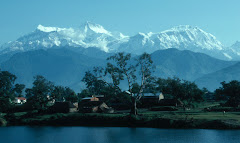
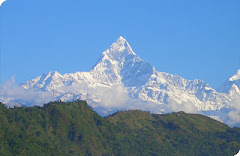

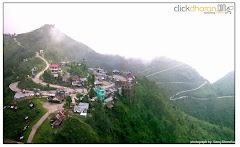.jpg)
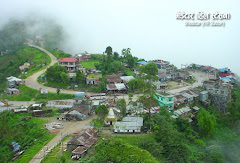.jpg)















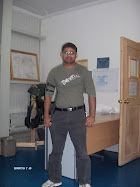

%5B1%5D.jpg)




No comments:
Post a Comment